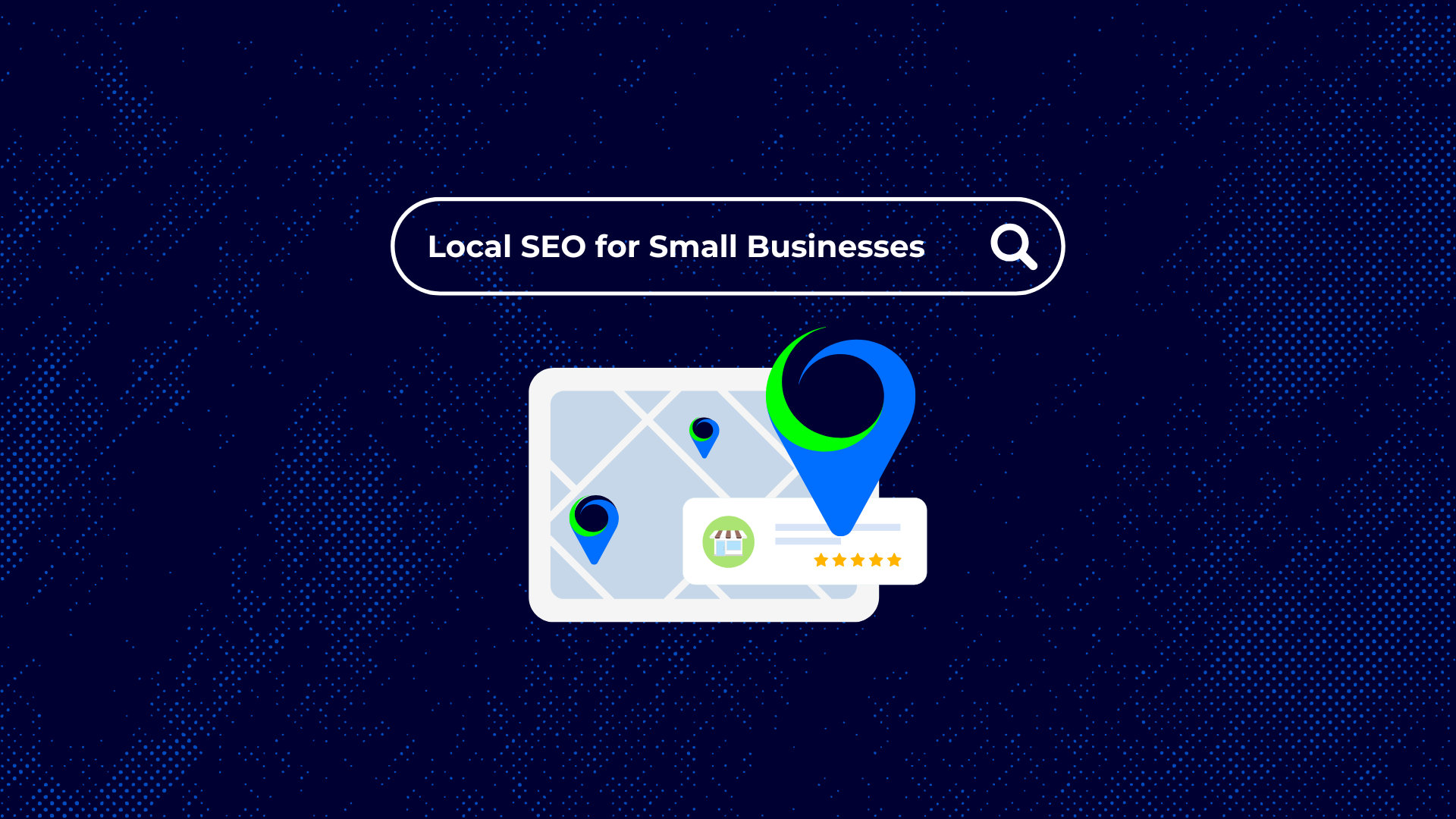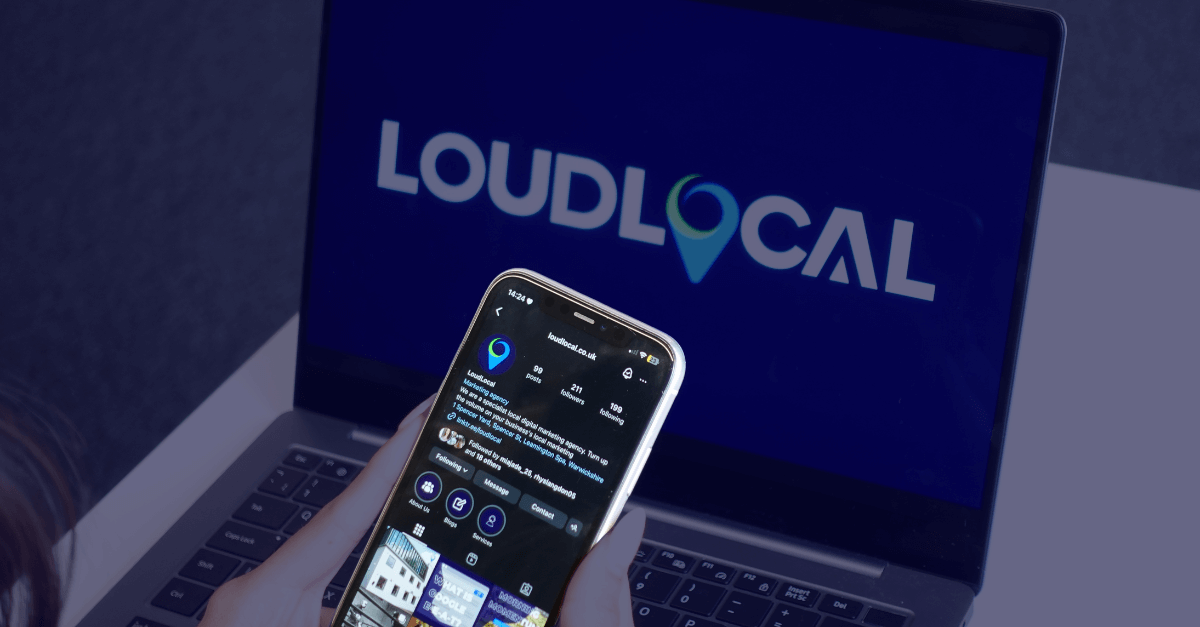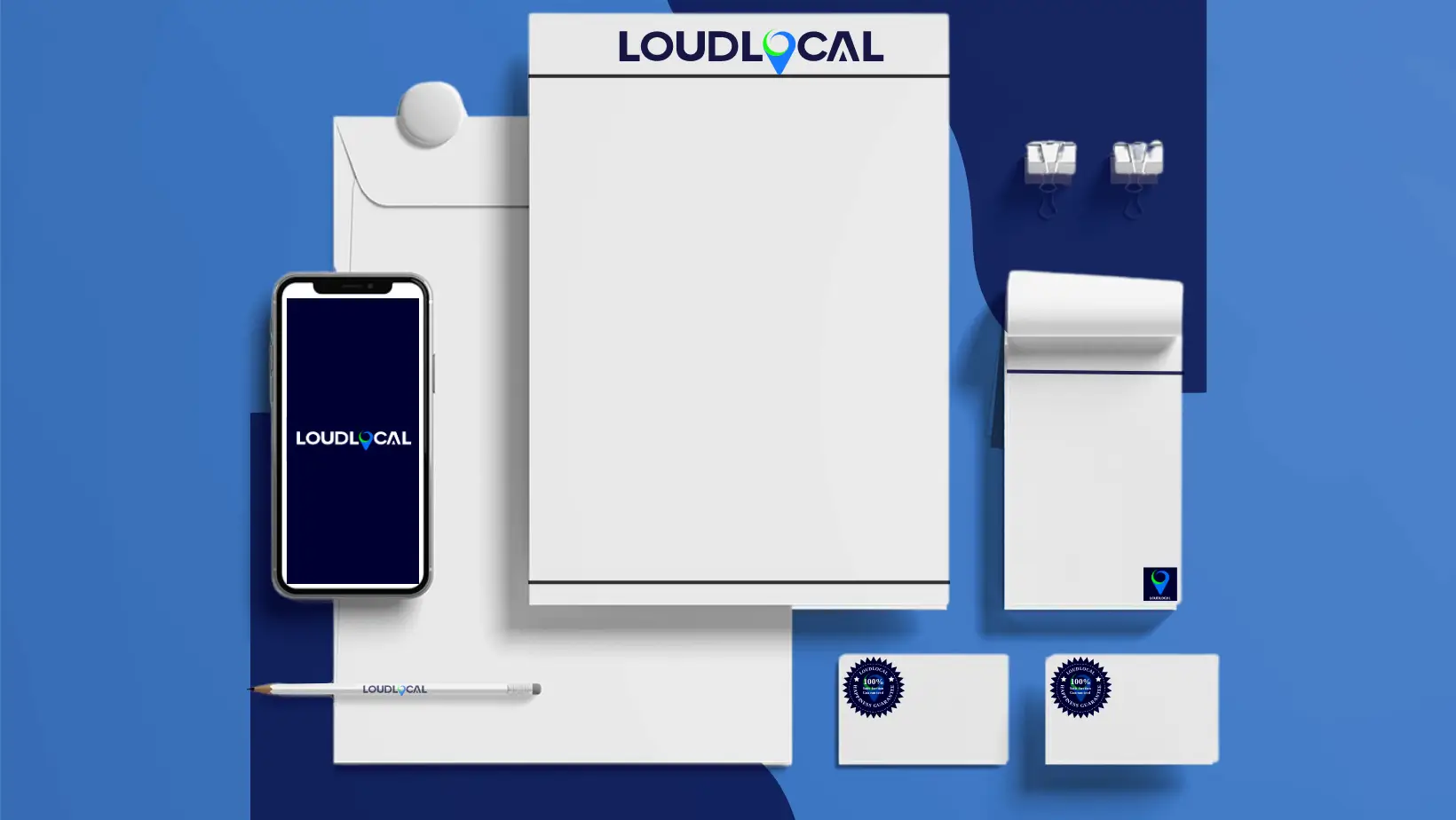The Ultimate Guide to Local SEO for Small Businesses (2025)
Getting found by local customers online isn’t some magic trick, it’s about making sure your business shows up when people nearby are searching for...
Got a question, or need help with something?
A member of the LoudLocal team is on hand to help you.
The Brickyard, Unit 2, Queen's Rd, Kenilworth, Warwickshire, CV8 1JQ
5 Merchant Square, Paddington, London, W2 1AY
When writing a blog, the aim is to create content that attracts and keeps your audience interested, but with so many articles out there, how are you supposed to compete? Sometimes it can be hard to imagine the pure complexity of search engines and how they rank your content. The truth is, no matter how good your writing skills are, there's much more you need to do to ensure your hard work appears on google.
Although these seem like two conflicting targets, they should be working hand-in-hand. After all, blog posts are a great way to engage users, but in addition to this, writing solid SEO-driven content will reinforce the rest of your site's pages and show google that you're a valuable source of information. Follow our list of SEO best practices when writing your blogs to find out how you can achieve this.
Ensure you have a solid title marked as the H1, and never have multiple H1 headings on the same page. You should also check that your title is no more than 60 characters long and reflects the content in your article.
Every information block should have a subheading above it that relates to the text below. These are H2s, H3s etc. For blog writing, unless you have a subheading within a subheading, you can typically stick to using H2s. Including the keywords you want to rank for on google in headings and subheadings is also a great way to optimise your SEO.
Changing the colour of headings and subheadings to your brand colours won't directly impact SEO but can improve user experience by making the page more structured and easier to read.
Images are great for breaking up the page or representing a complex idea. Alt text is what google uses to read images—every image you use needs alt text that describes what's in the picture. On most website builders, there is a setting for alt text. This is also a great place to incorporate some keywords when possible, but any text to describe the image is far better than nothing.
.png?width=191&height=191&name=BLOGS%20%26%20SEO%20GUIDE%20(7).png)
Internal linking is where you link from one page of your site to another; This is good for both user experience and SEO because it connects your pages together.
External links can also be very beneficial. These are links from your site to a different site. For example, if you were talking about another organisation, you could link the word to their page or use it to reference a source of information.
Backlinks are links from someone else's website to yours, which can be extremely valuable, especially if their site is well-known with a high authority score. However, this can take time and be hard to get, but never be tempted to buy backlinks as google can end up ranking you down if you receive backlinks from spam websites.
.png?width=191&height=191&name=BLOGS%20%26%20SEO%20GUIDE%20(8).png)
Make sure to add some calls to actions (CTAs), such as a 'call us' button. If it's a large article, placing multiple calls to action is advised, this helps to give users more opportunities to get in touch or convert.
.png?width=191&height=191&name=BLOGS%20%26%20SEO%20GUIDE%20(9).png)
Keyword optimisation involves researching which keywords are best to drive traffic from search engines to your website. Once you have decided on the keywords you want to appear for, it's important to add these into headings, subheadings, image alt text and the body text to have the highest chance of appearing on google.
We hope you have found this guide helpful and will be able to start improving your SEO within blog posts. If you have any further comments or questions, don't hesitate to contact us.

Getting found by local customers online isn’t some magic trick, it’s about making sure your business shows up when people nearby are searching for...

Running a small business is a full-time job in itself, and finding time for social media can feel like an extra task on the list. But here’s the...

Running a trades business takes a lot of time and energy. You’re busy on site, chasing quotes, and keeping customers happy. But while you’re focused...

1 min read
What is Search Engine Optimisation (SEO)? Search engine optimisation (SEO) is the process of improving the visibility of your business on search...

What are Brand Guidelines? Brand guidelines are a set of instructions used to create a brand identity which will become easily recognised by the...
1 min read
Why Local Search Engine Optimisation (SEO) is Important If you are a small or local business, reaching people in your local area is vital for...